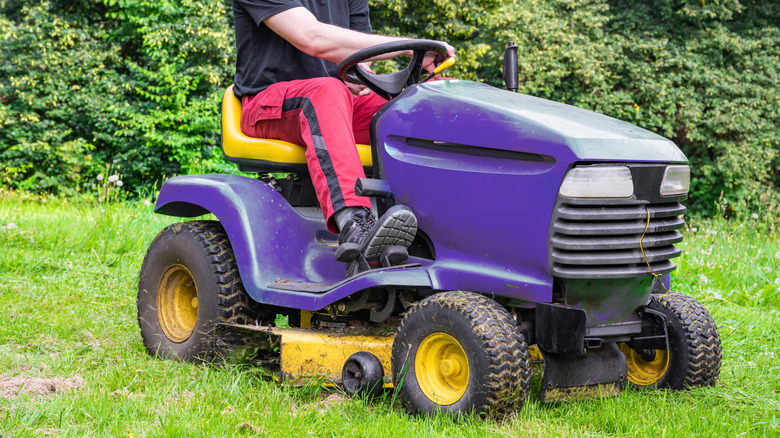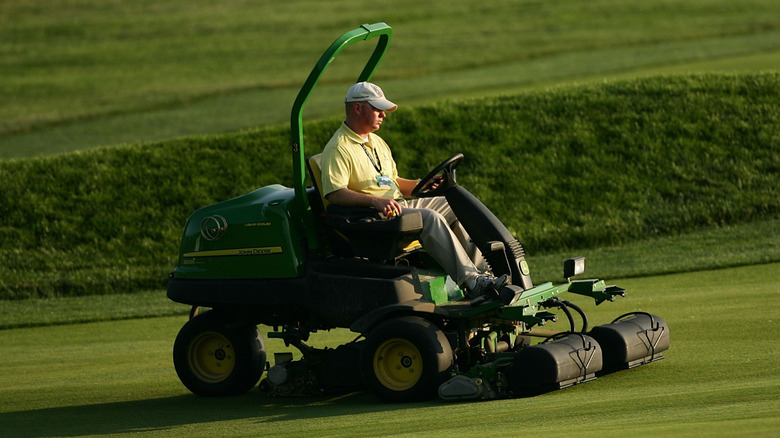Why Do Some Lawn Mowers Use Hydrostatic Transmission And How Do They Work?
If you don't use a landscaper and choose instead to maintain your own yard, you know that not all lawn mowers are made the same, especially when it comes to major lawn mower brands and how they move. While some mowers are built with traditional systems, others offer a smoother, more responsive ride that can feel almost effortless. The difference comes down to a type of transmission you might not expect to find in your lawn mower.
Hydrostatic transmission is used in some lawn mowers because it makes for a better user experience, thanks to not having to shift gears while mowing. This means you can easily get around any obstacles you may have in your yard, without having to worry about shifting too early, or too late.
The hydrostatic transmission works so smoothly because it uses a hydraulic system that powers the wheels directly from the engine, giving you an advantage in both speed and direction. Not only will you have an easier time using the mower, you also won't have to worry about as much maintenance versus a regular mower, because hydrostatic transmissions don't have as many parts.
Hydrostatic transmission in lawn mowers need special care
Lawn mowers built with hydrostatic transmissions may be easier to operate than traditional mowers, but they're also pricier, costing up to $1,300 more than manual and automatic transmissions. They're also not very fuel efficient and need more care and attention than other mowers. This is because of the hydraulic pump the transmission uses, which has parts and oil that must be kept clean at all times. While everyone makes mistakes with their lawn mower, hydrostatic transmission issues may not be your fault and there are some things you can do to troubleshoot any problems.
Whether you're using a riding mower or lawn tractor, you can purge both the transmission and hydraulic system, which means you'll need to know how the mower works, as well as how to get started. Consulting the owner's manual before you begin is the best route. Visually inspecting the system is also a good idea, as you can check fluid levels and spot any possible damage with the cooling pump or attached hoses.
If all else fails, you can always reach out to the manufacturer. Depending on the company, you could easily find certified professionals in your area that specialize in your type of mower and can get you back in action.

